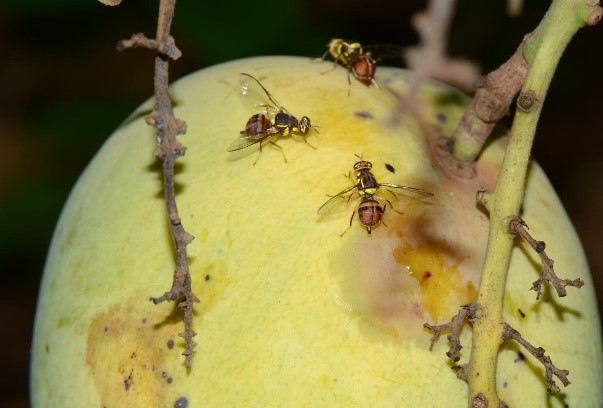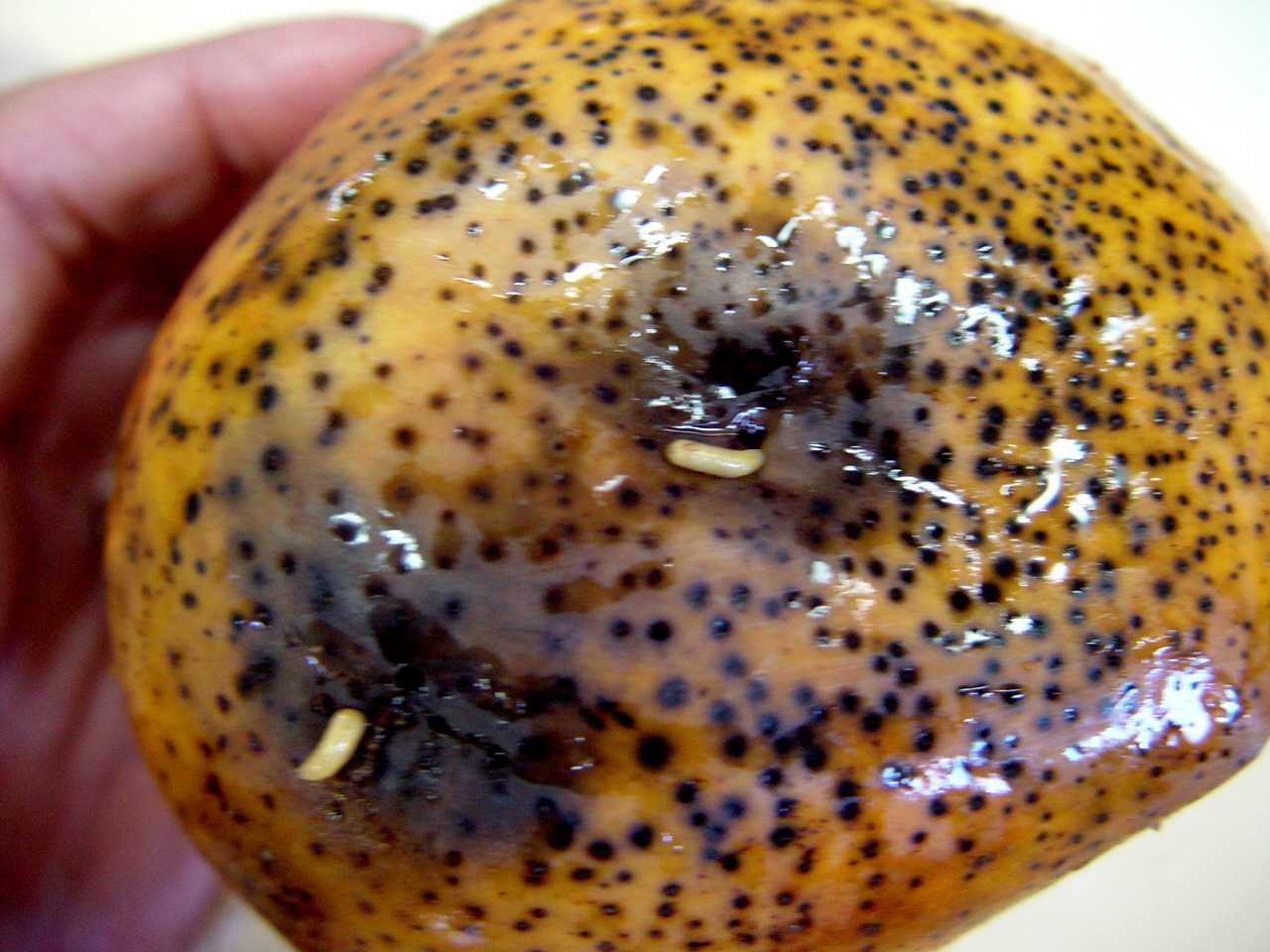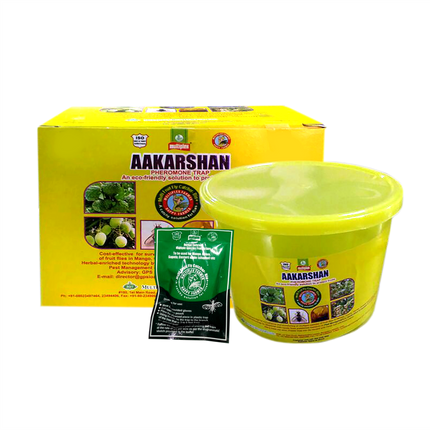Mango, recognized as the national fruit of India, holds significant cultural and economic importance across the country. India is a leading producer and exporter of mangoes worldwide, with production covering over 2 million hectares. Remarkably, India contributes more than 40% of global mango production, with projections indicating an increase to 24 million tonnes by 2024.
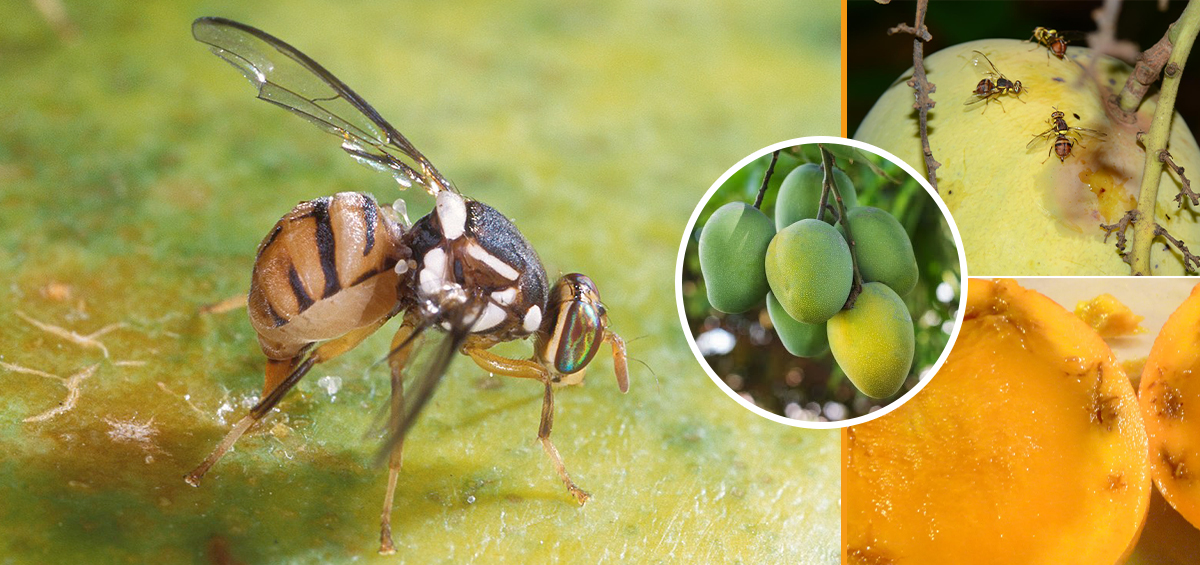
Within India, Karnataka ranks as the third-largest mango-producing state, accounting for approximately 10% of the nation’s annual mango yield. The state is known for a variety of mangoes, including Alphonso, Totapuri, Neelam, Raspuri, Banganpalli, Mallika, Sindhura, and the unique Appemidi variety.
Despite its prominence, mango cultivation faces challenges from various insect pests. The most prevalent and damaging pests include mango hoppers, mealybugs, stem borers, fruit flies, and mango nut weevils, all of which significantly impact fruit quality and overall yield.
Among these, fruit flies are particularly detrimental to mango production and marketing, as they can inflict losses ranging from 5% to 80% in mango crops, with severe cases exceeding 90% damage. Furthermore, fruit flies pose challenges for the export of fresh fruits and vegetables, often causing damage during post-harvest processes as well.
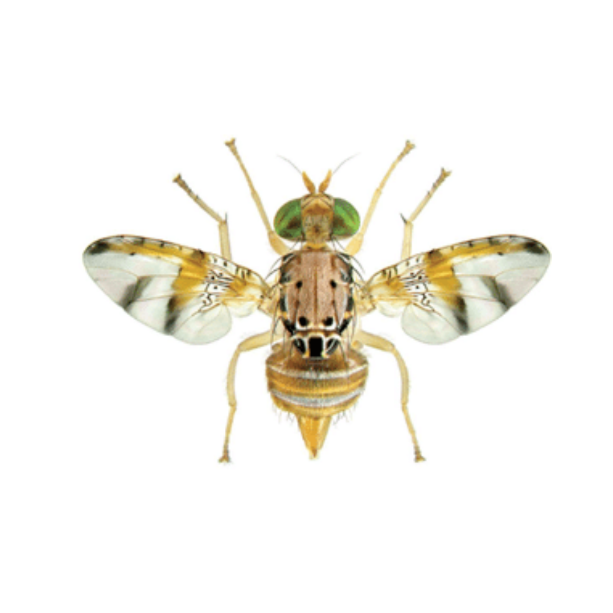
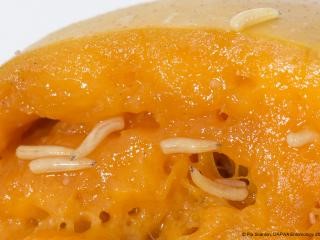
The female insect uses its pointed ovipositor to puncture the outer wall of mature fruits, inserting eggs in small clusters within the mesocarp. After about 1-2 days, the eggs hatch. Upon hatching, the maggots feed on the fruit pulp for a duration of 8-10 days, leading to the rotting of infested fruits due to subsequent secondary infections. After this feeding period, the maggots pupate at a depth of 10-15 cm below the soil for approximately one week. Once they emerge as adults, they can live for up to 45 days, at which point the lifecycle continues.
